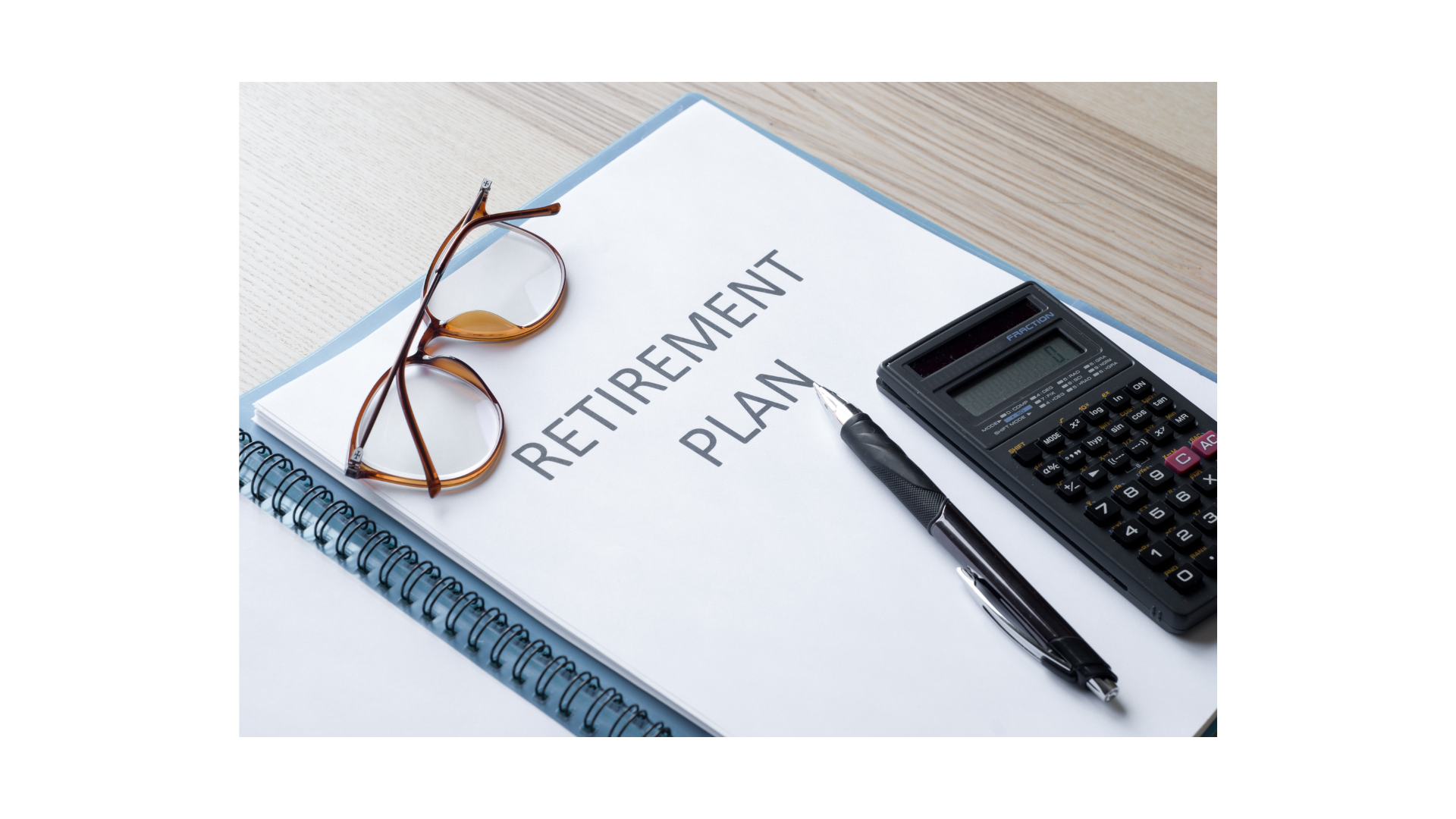Practical Steps You Can Take to Improve Your Small Business's Financial Health
Running a small business carriers with it unique financial planning challenges, with money concerns an ongoing burden for those who work for themselves.
After all, unlike salaried jobs where income is predictable, small business owners are often the last to get paid and the only one paying the bills. While there’s no magic formula to right the ship when it comes to your company’s finances, there are some practical things you can do in the day-to-day management of operations that can improve your bottom-line. We offer a few of the more practical recommendations:
Separate business and personal expenses
When times are tight, the small business owner can be tempted to just write a check from personal funds to pay that overdue bill or purchase that quickly depreciating asset. But resist the urge: Mixing business and personal expenses is fraught with downsides, like tax issues, imprecise accounting records, and personal liability, among others. To separate your expenses, establish clear and separate budgets for personal and business, and stick to them. If you have a personal credit card and checking account, don’t use them to pay for business expenses, and vice versa.
Net 30
Failing to pay your bills, loans, or credit card charges on time can incur steep penalties and fees. The same goes for taxes — miss the payment deadline and the IRS can add a penalty to your tax liability.
If it’s simply a process issue for your tardy actions, whenever possible, set up bill payments to occur automatically. Additionally, establish a reliable monthly reminder that prompts you to pay your bills.
Of course, if your delinquency is the result of cash flow issues, see the other sections in this article for tips on getting things flowing more efficiently.
Deal or no deal
Look for deals and rebates when purchasing office supplies, especially big-ticket items like a computer or furniture, the latter which you can buy used to save money.
Self-educate
No matter your background or formal education, you can find value in taking finance-related classes, like accounting and business finance. Your local community college is a great source to find applicable courses, but don’t overlook online options, too.
Persistent collecting
Few things can damage your bottom-line as much as clients who pay late. Review your accounts receivables regularly, pinging those customers whose accounts are overdue. This can be a sensitive topic for most, so consider offering incentives for paying early.
Expanded client base
While landing a big client is an event to celebrate, try to expand your base to minimize losses should a major client leave. Additionally, if all your revenue comes from one source — i.e., a physical store — consider adding an online component to complement sales.
Promote the firm
Marketing can become expensive, but it’s critical to build brand awareness and credibility in the marketplace. While you should always review your marketing budget to identify areas where you can save money, consider reallocating those funds to other marketing initiatives that can produce a better return.
Seek help
Just because you’re working for yourself doesn’t mean you have to work alone. A skilled financial professional can be an invaluable source for helping you develop a winning business strategy.
Additionally, work with an accountant to understand tax liabilities and ways to minimize your tax burden.
Owning a business can be an exciting and rewarding proposition. To maximize your enjoyment and minimize your stress, adopt practical and mindful financial habits, a critical step to achieving financial success.
This material is for general information only and is not intended to provide specific advice or recommendations for any individual. There is no assurance that the views or strategies discussed are suitable for all investors or will yield positive outcomes. Investing involves risks including possible loss of principal.
This material was prepared by LPL Financial, LLC
Securities offered through LPL Financial. Member FINRA/SIPC. Investment advisory services offered through AssuredPartners Financial Advisors, a registered investment advisor. AssuredPartners Financial Advisors and LPL Financial are non-affiliated entities.


Iowa
4200 University Avenue, Suite 200
West Des Moines, IA 50266
800-677-1529
Securities offered through LPL Financial, Member FINRA/SIPC. Investment advisory services offered through Global Retirement Partners, LLC dba AssuredPartners Financial Advisors, an SEC registered investment advisor. AssuredPartners Financial Advisors and LPL Financial are separate non-affiliated entities.
GRP Advisor Alliance is an independent network of retirement plan focused advisors. GRP Advisor Alliance is not affiliated with or endorsed by LPL Financial.
The financial professionals associated with LPL Financial may discuss and/or transact business only with residents of the states in which they are properly registered or licensed. No offers may be made or accepted from any resident of any other state.









